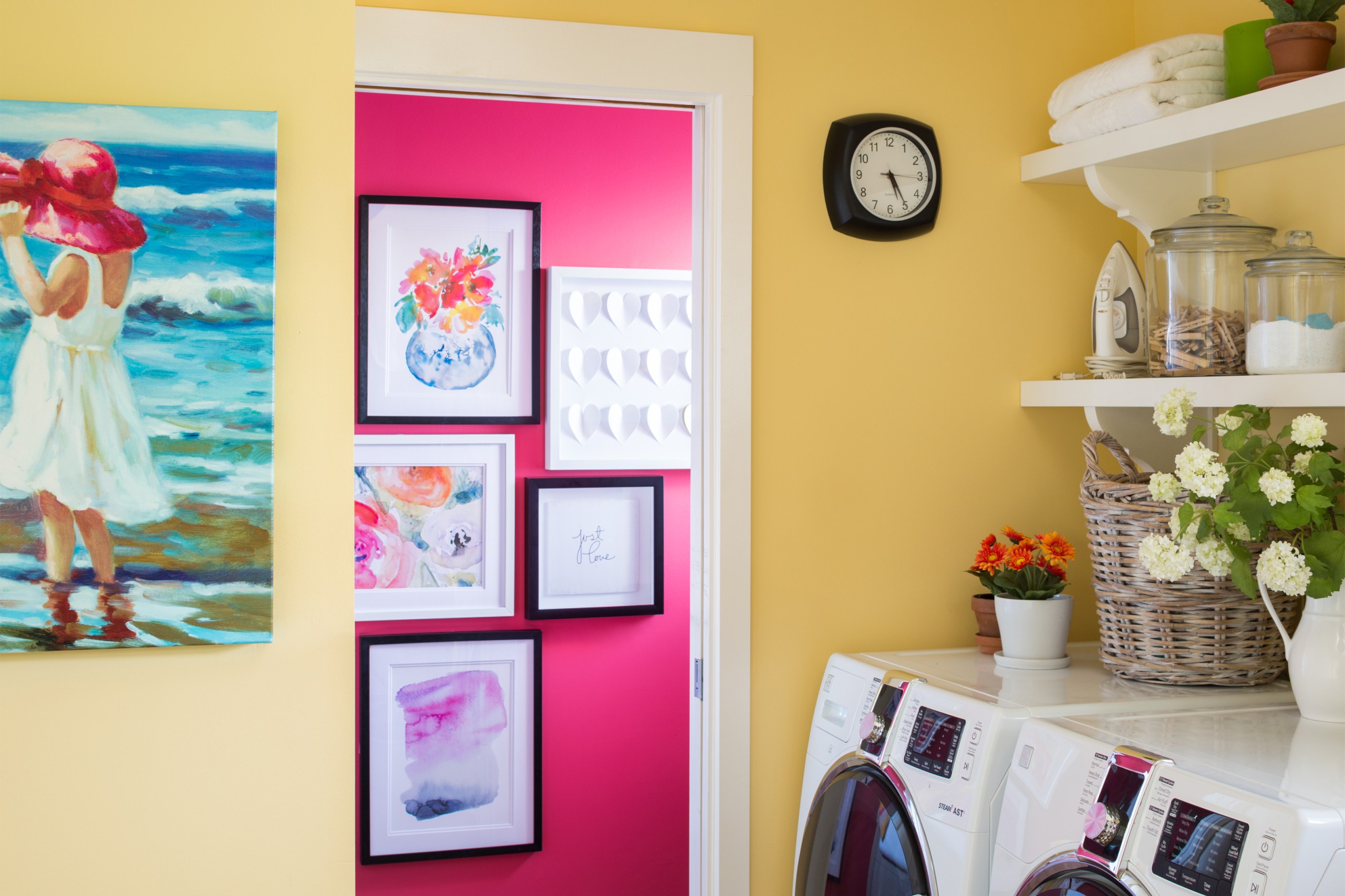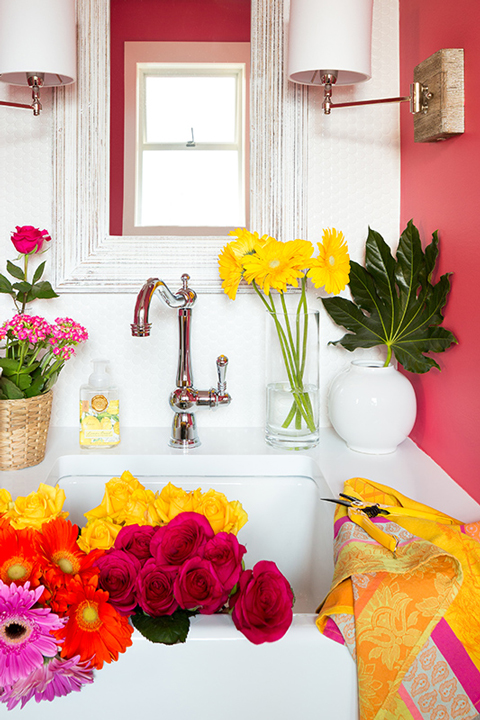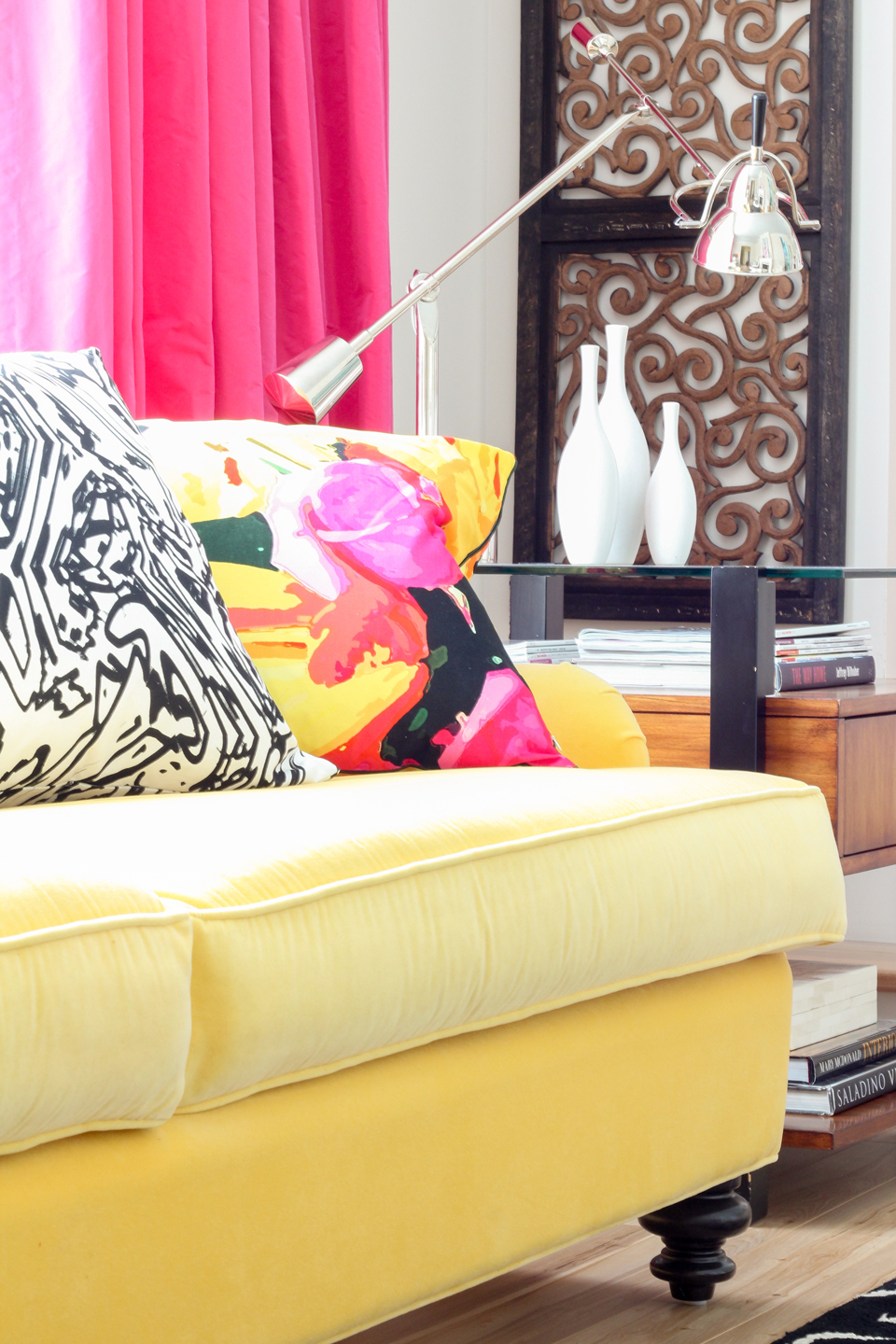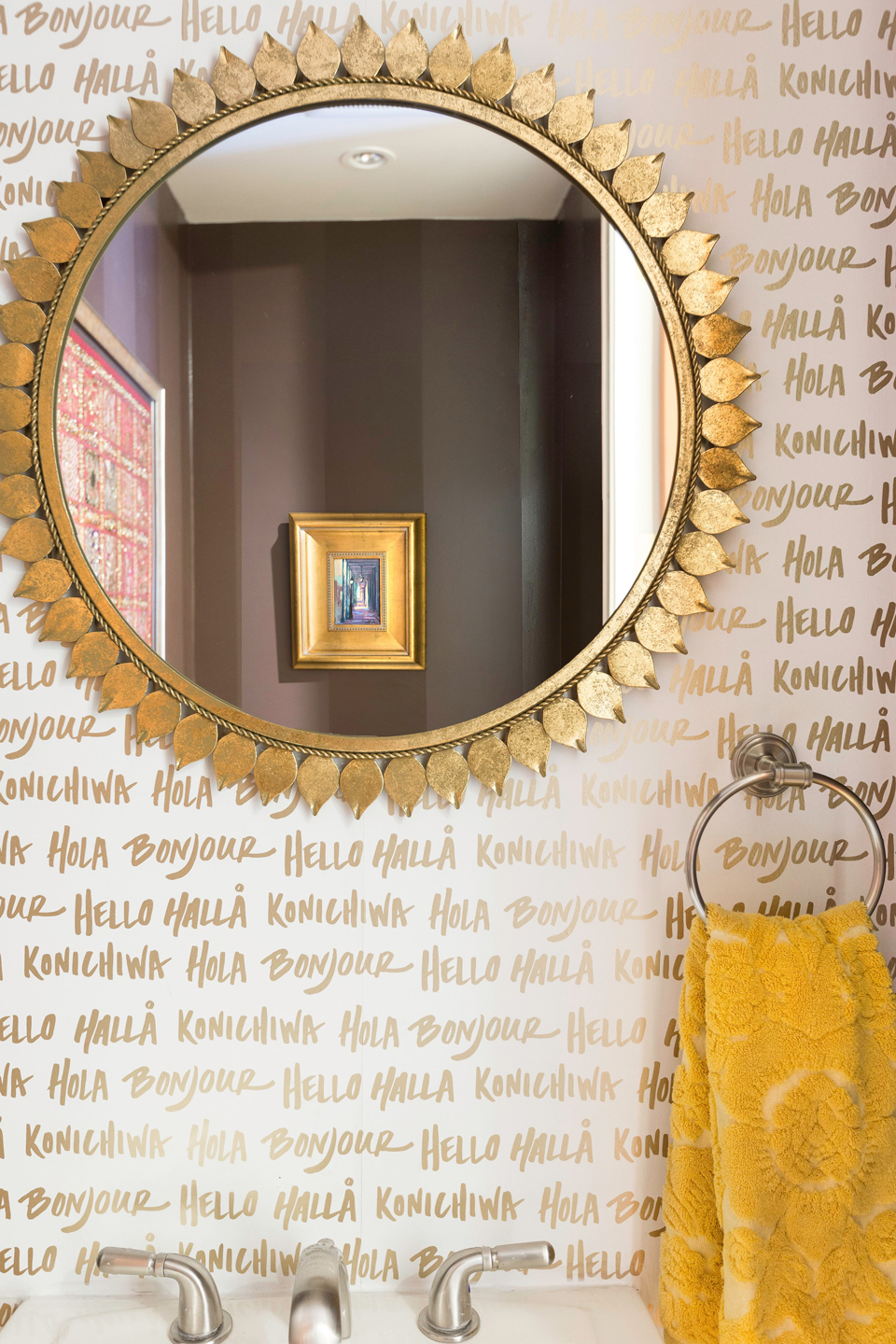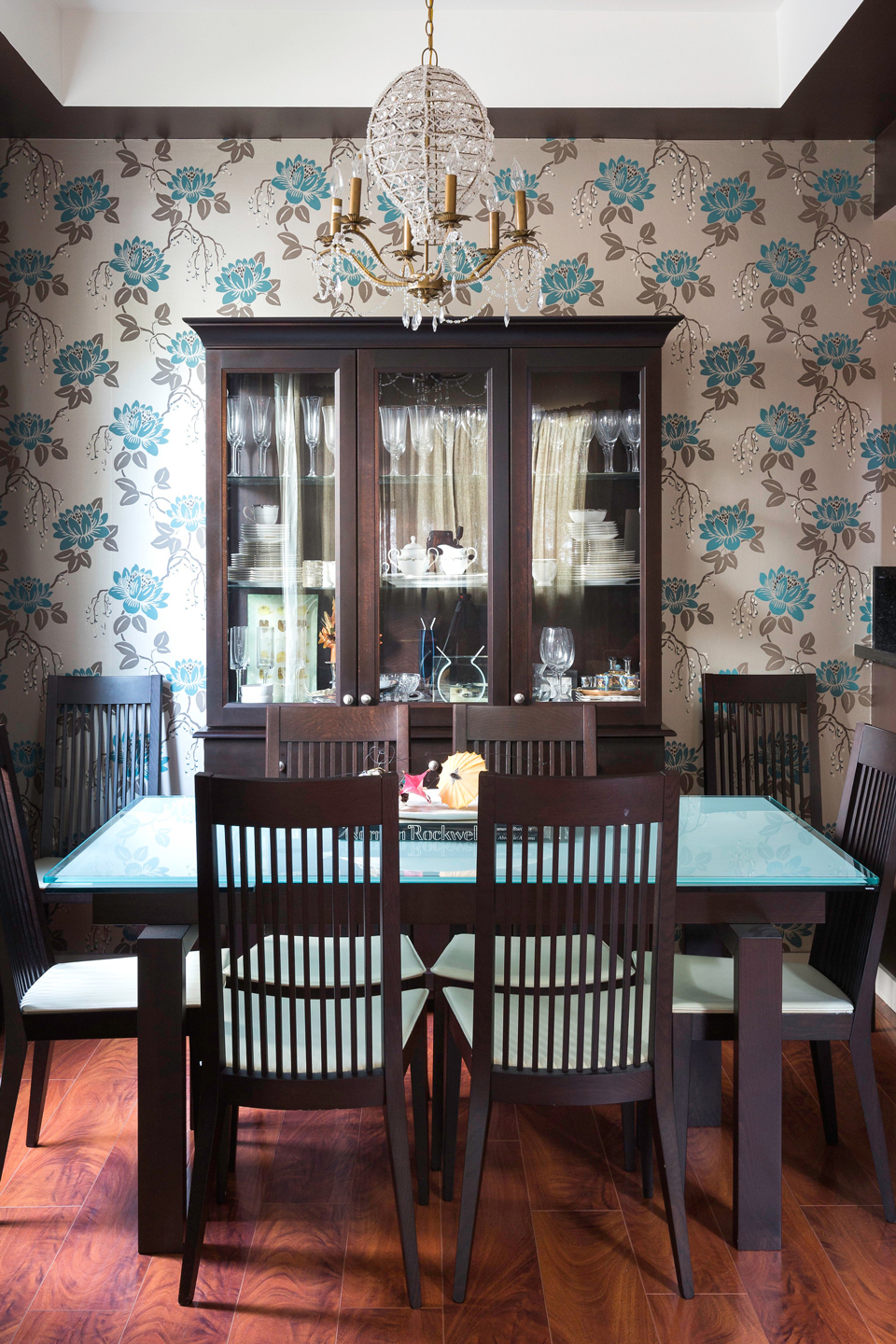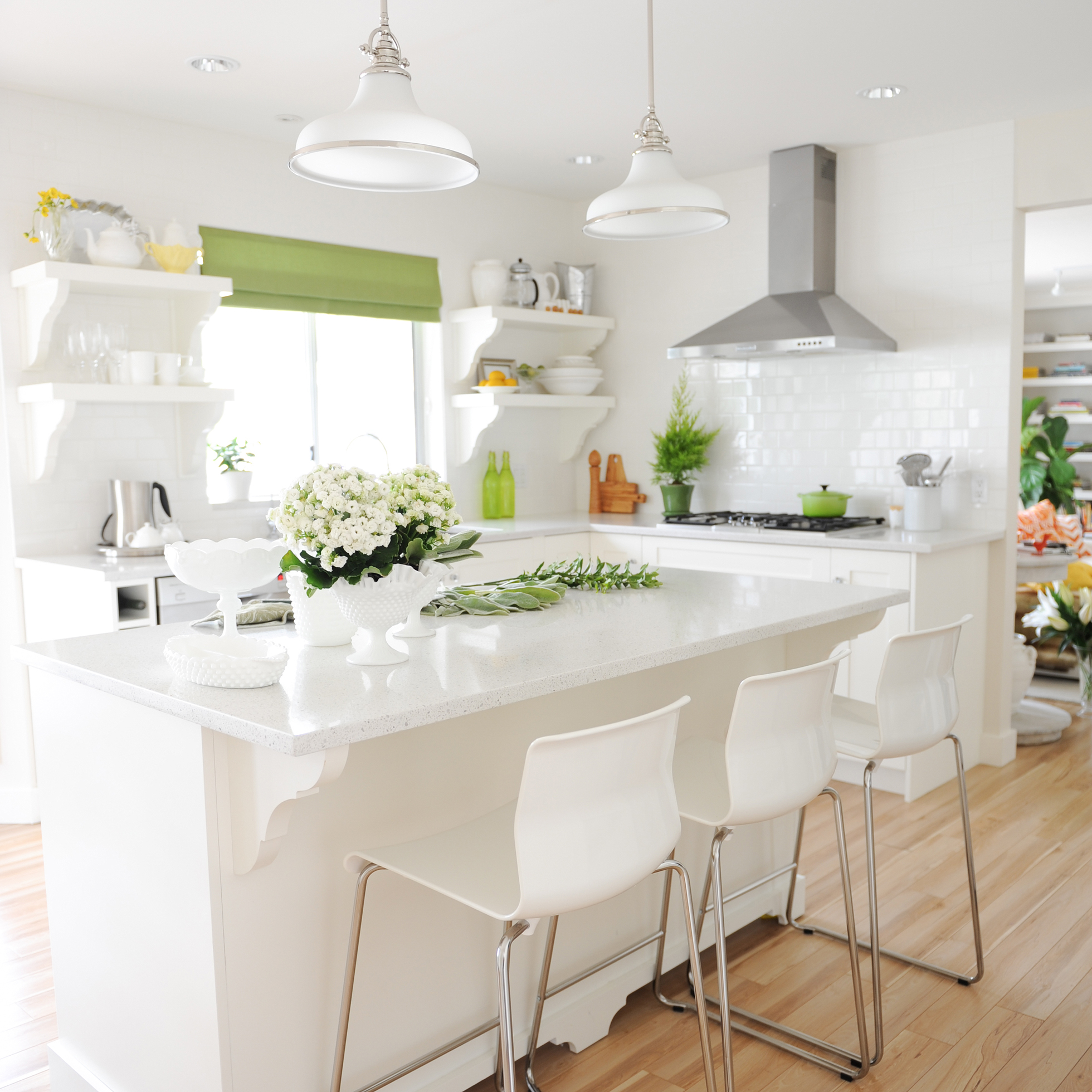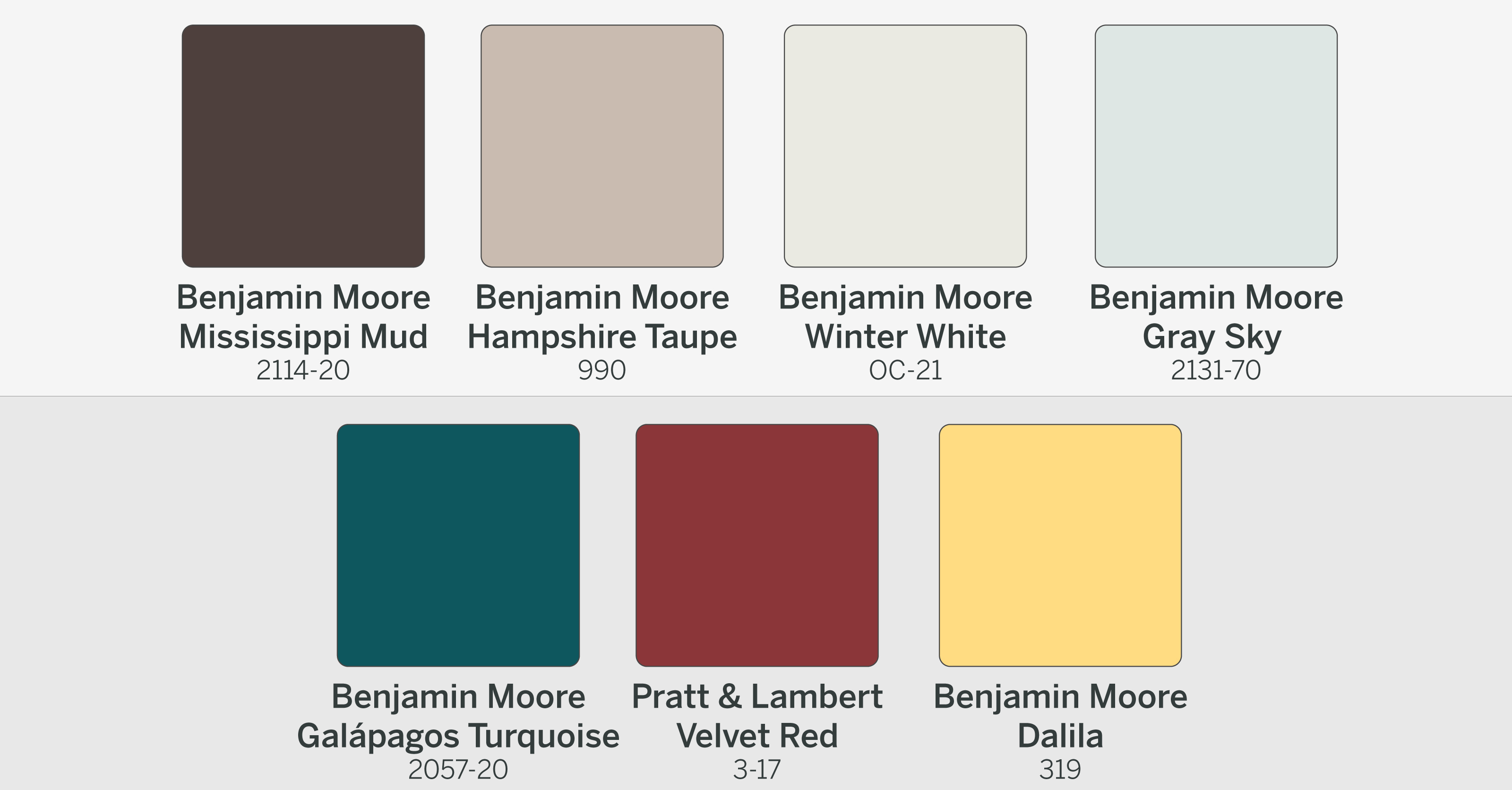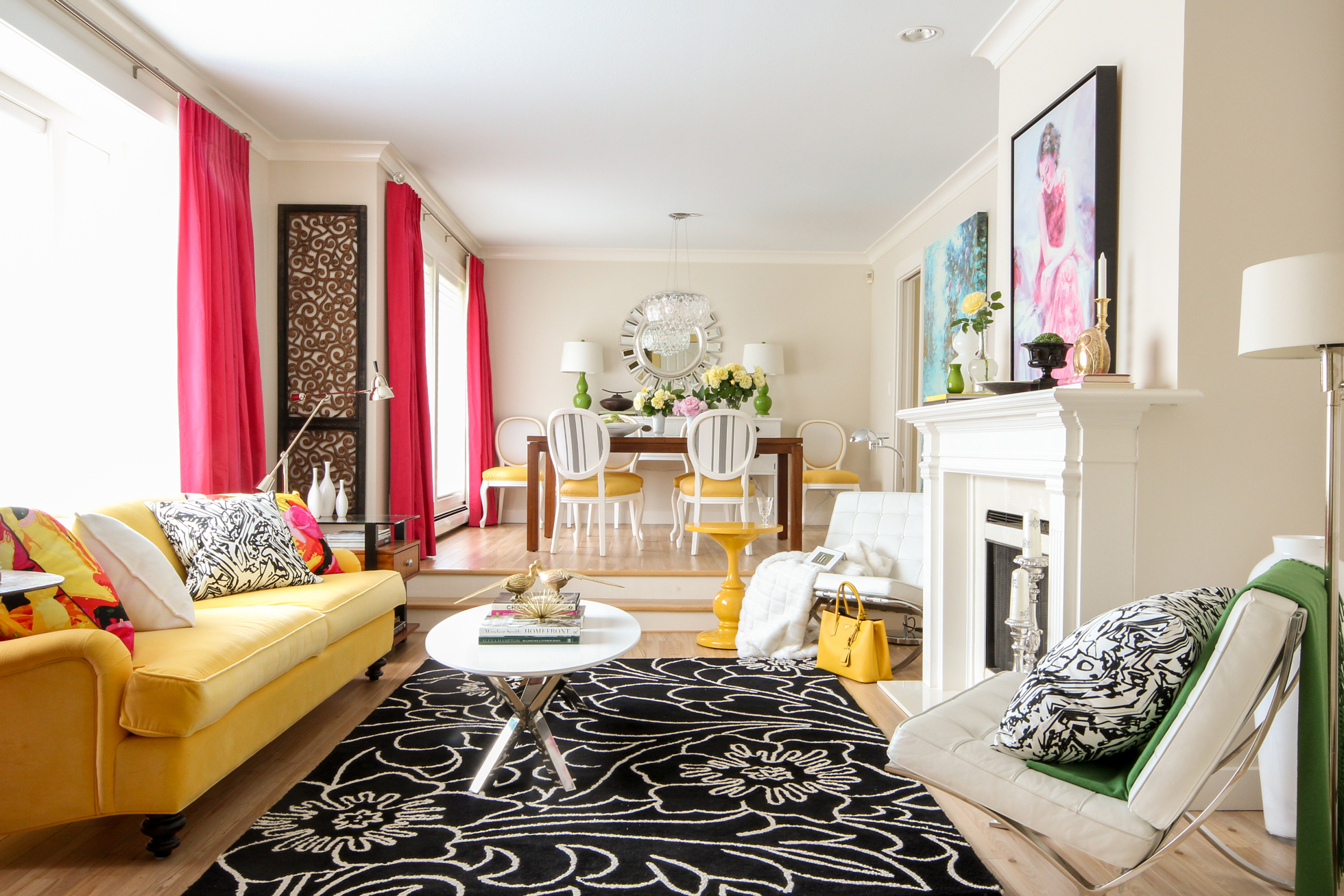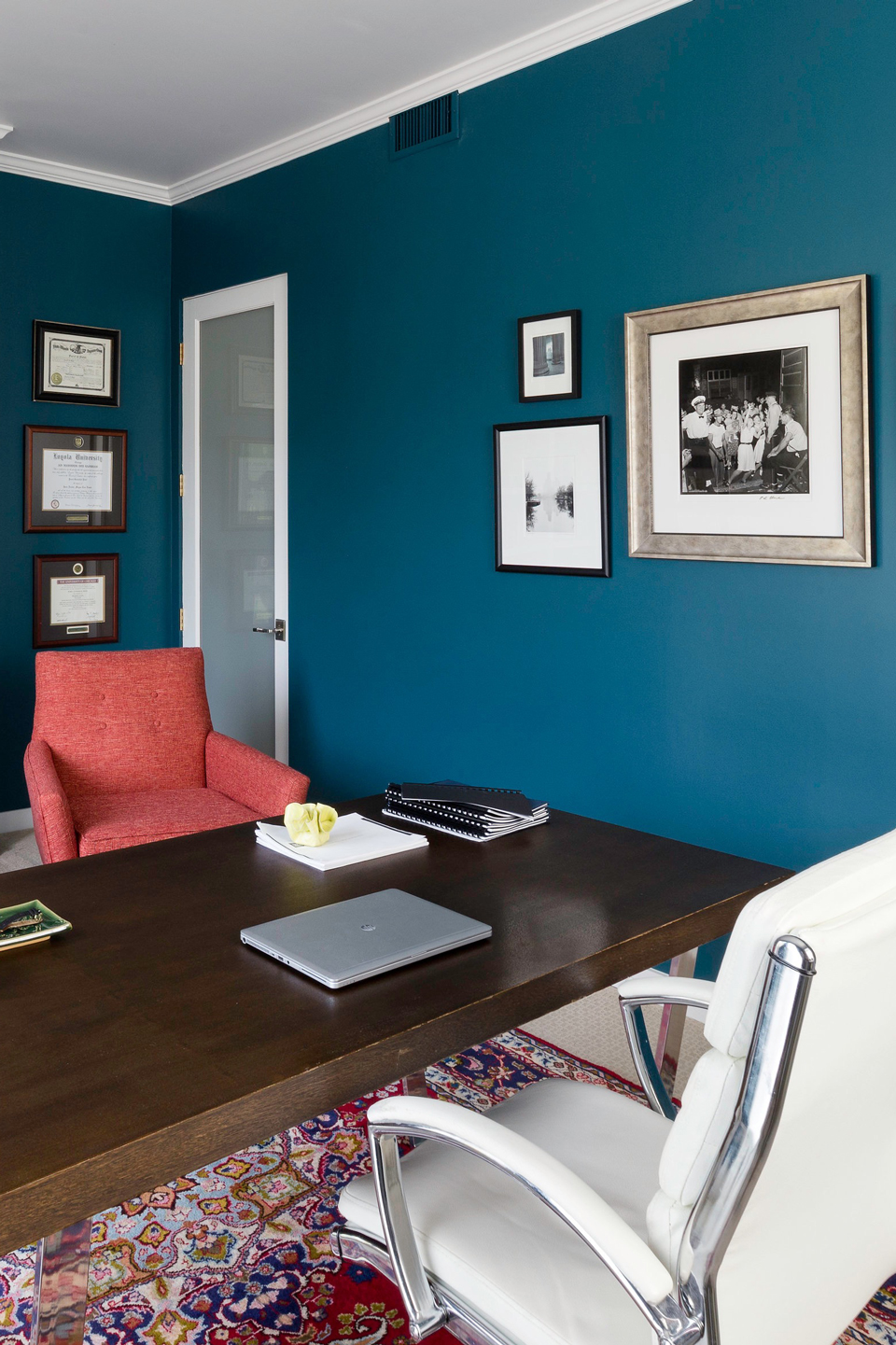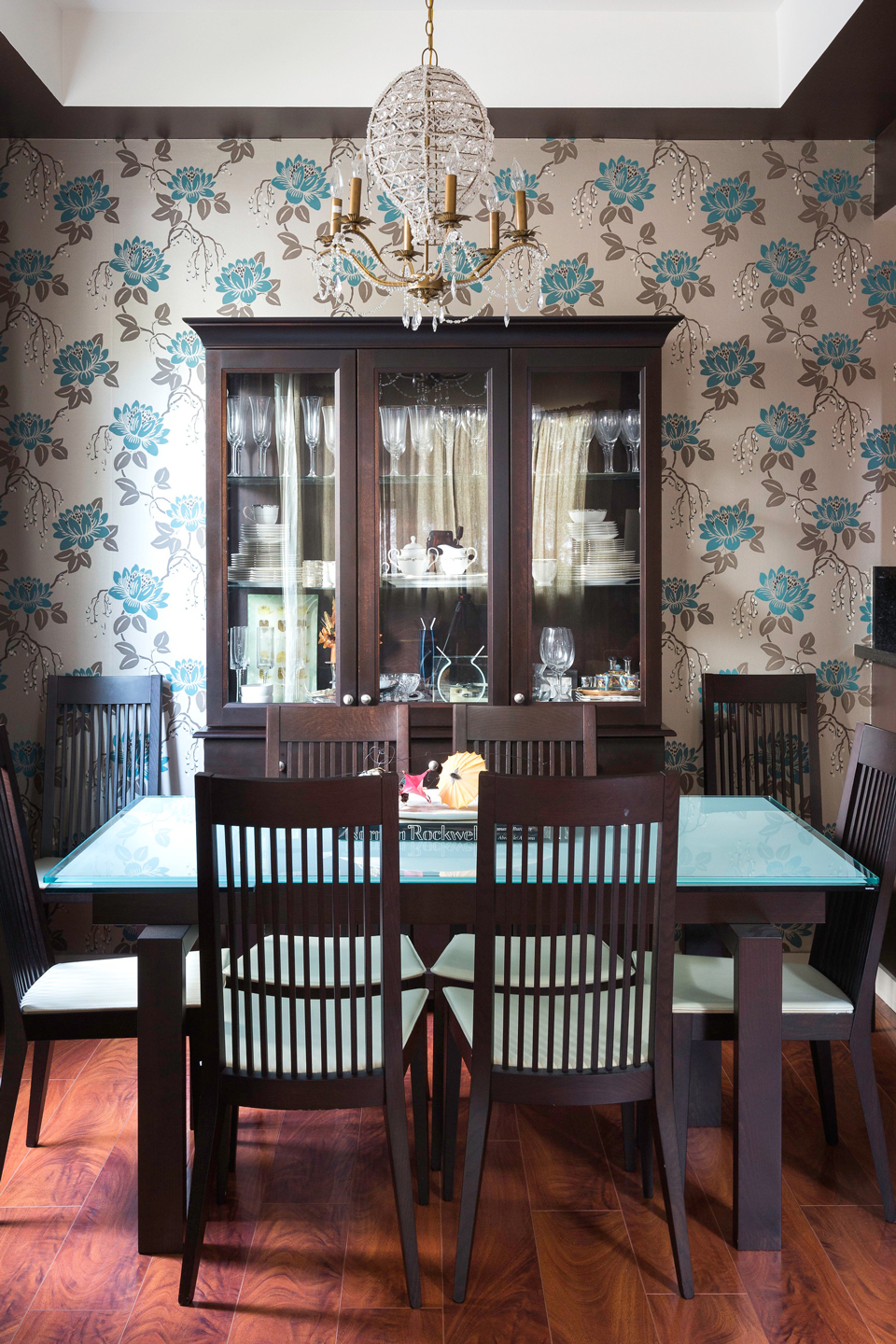Your home is your sanctuary, a place where you can relax, unwind, and express your personal style. Whether you’ve just moved into a new house or have lived in the same space for years, there’s always room for improvement. However, transforming your home doesn’t have to be something that breaks the bank. Get ready to be inspired and make your home truly shine.
1. Declutter and Organize
Declutter and organize your space before diving into any significant renovations or enhancements. A clutter-free environment looks visually appealing and creates a sense of calmness in the mind. Begin by sorting through each room in your house and removing items you no longer need or use. Use practical storage solutions such as baskets or shelves to keep things organized.
2. Fresh Coat of Paint
One of the simplest yet most impactful ways to transform any room is with a fresh coat of paint. Choose colors that reflect your personality and create the desired atmosphere in each space. Lighter shades can make smaller rooms appear larger, while bold colors add character to larger areas.
3. Upgrade Lighting Fixtures
Good lighting can completely change the ambiance of a room while enhancing its functionality. Replace outdated light fixtures with modern designs that complement your overall aesthetic vision for each space.
4. Curtains and Blinds
Window treatments play an important role in home décor as they provide privacy while adding style to any room. Try swapping out old curtains or blinds with new ones that match your desired color scheme or design theme.
5. Update Hardware
Sometimes, the small details can make all the difference when transforming a space on a budget. Replace old cabinet handles, drawer pulls, and doorknobs with new, stylish options.
6. Create a Statement Wall
Give a room an instant facelift by creating a statement wall. This can be achieved by applying wallpaper, using bold paint colors, or even installing decorative wall panels.
7. Revamp Flooring
If your budget allows for it, updating the flooring can completely transform the look and feel of your home. Replace worn-out carpets with hardwood floors or opt for cost-effective alternatives like laminate or vinyl flooring that mimic the appearance of more expensive materials.
8. Add Greenery
Incorporating houseplants into your living space adds beauty, improves air quality, and creates a calming atmosphere. Choose low-maintenance indoor plants such as succulents or snake plants if you don’t have a green thumb.
9. Maximize Storage Space
Utilize every inch of your home by maximizing storage space in creative ways. Install shelves above doorways, use under-bed storage containers, or invest in multi-functional furniture pieces that provide hidden compartments for additional storage.
10. Update Bathroom Fixtures
Transforming your bathroom doesn’t have to involve an expensive renovation. Updating fixtures like faucets, showerheads, and towel racks can give this often-overlooked space a fresh look.
11. Create Outdoor Living Spaces
Extend your living area beyond the four walls by creating outdoor spaces to relax and entertain guests. Add comfortable seating options like lounge chairs or hammocks and create an inviting atmosphere with string lights, outdoor rugs, and lush landscaping.
12. Add Mirrors
Mirrors are practical and add depth and visual interest to any room. They reflect light, making smaller spaces appear larger while adding elegance to larger areas. Plus, they come in various shapes, sizes, and designs to suit any decor style.
13. Invest in Energy-Efficient Appliances
Upgrading to energy-efficient appliances helps reduce utility bills and contributes to sustainability efforts. Choose appliances labeled with the Energy Star logo to ensure maximum efficiency.
14. Create a Gallery Wall
Displaying your favorite artwork or family photos can instantly personalize any space. Create a gallery wall by arranging frames of different sizes and shapes, reflecting your unique style and memories.
15. Change Cabinet Hardware
Give your kitchen or bathroom cabinets a quick and easy makeover by swapping old hardware for new ones. Choose handles or knobs that match the room’s overall theme for a cohesive look.
16. Update Bathroom Vanity
If replacing an entire bathroom vanity isn’t within your budget, consider giving it a fresh look with paint or stain. Add new hardware and update the faucet to complete the transformation.
17. Redecorate with Accessories
Sometimes, you only need a few well-chosen accessories to breathe new life into a room. Update throw pillows, rugs, curtains, and other decorative items to add color and texture to your space.
18. Create an Accent Wall
Choose one wall in each room to be an accent wall where you can experiment with bolder colors or textures. This adds visual interest without overwhelming the entire space.
19. Install Crown Molding
Crown molding adds elegance and sophistication to any room by bridging the gap between walls and ceilings. Installing crown molding is relatively inexpensive but significantly impacts overall aesthetics.
20. Add Outdoor Lighting
Illuminate your outdoor spaces with strategic lighting options like pathway lights, solar-powered lanterns, or string lights. These not only enhance safety but also create ambiance during evening gatherings.
Transforming your home doesn’t have to be stressful or expensive. With these easy and effective home improvement ideas suitable for every budget, you can give your space an entirely new look while staying within financial constraints. Remember that small changes can make significant differences when creating a more inspiring living environment. So, roll up your sleeves, unleash your creativity, and embark on this exciting journey of transforming your space.

